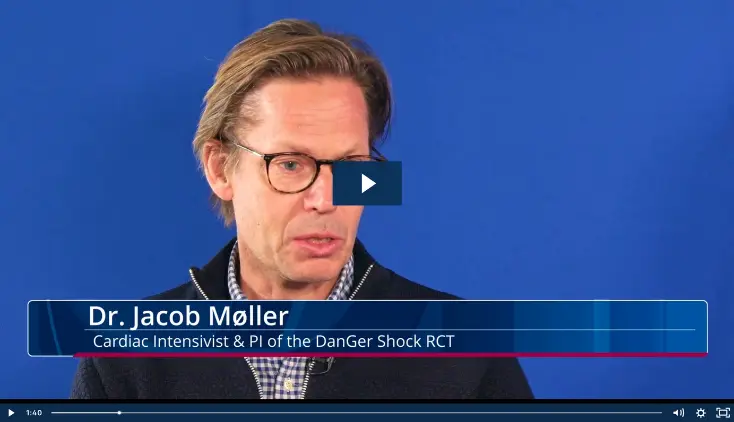Patient Identification, AMI Cardiogenic Shock
Dr. Babar Basir: Identifying Patients with AMICS
Babar Basir, D.O., discusses what was learned about identifying patients with acute myocardial infarction complicated by cardiogenic shock (AMICS) in the National Cardiogenic Shock Initiative (NCSI) study.
“It was really, really important to identify these patients earlier. One of the best practices that we learned from the study,” Dr. Basir explains, “is that when we use MCS, particularly in the later stages, when patients are already on three or four vasopressors, really it’s already too late. They already start to develop multisystem organ failure.”
“What we wanted to do was really to be able to drive home the point that everyone needs to identify cardiogenic shock early,” Dr. Basir emphasizes, “and that it should be treated very similar to the STEMI pathways that were already created in the United States. And so using that best practice, we educated cath lab technicians, cath lab nurses, the emergency department and then our interventional colleagues, that, at 2 a.m., if your patient’s in shock, even if they presented with an NSTEMI, you have to treat it like a STEMI, come in, try to bring the patient in as quickly as possible, so that you can reverse this cascade of cardiogenic shock.”
Sign Up for Latest Updates
NPS-4429


